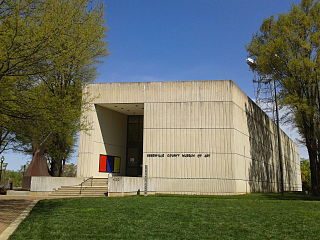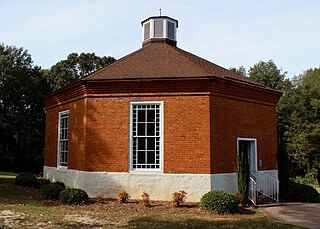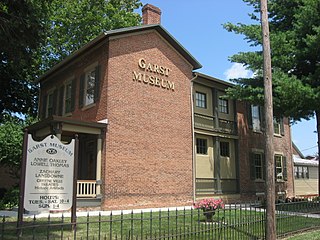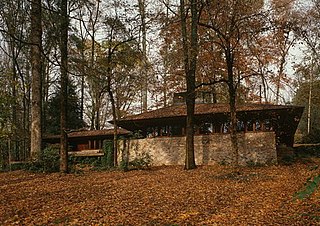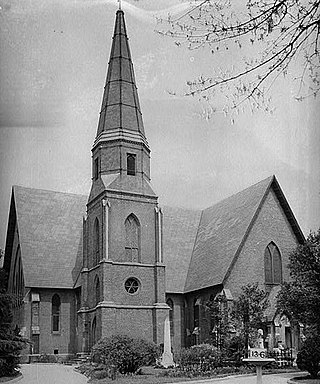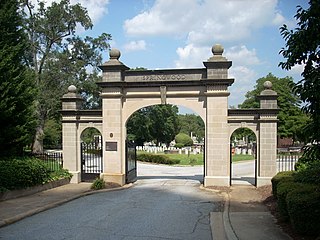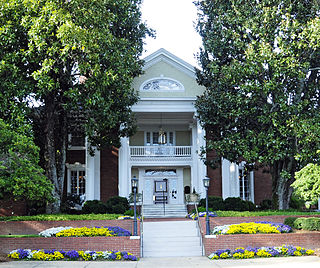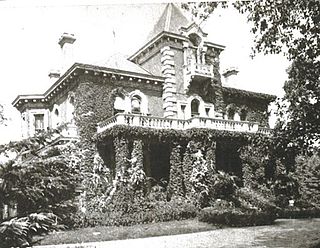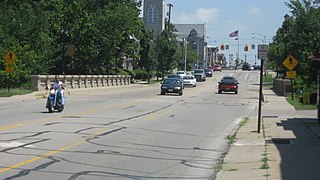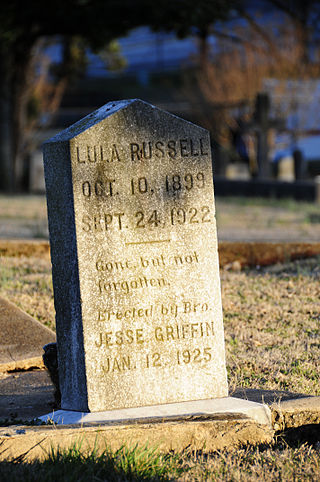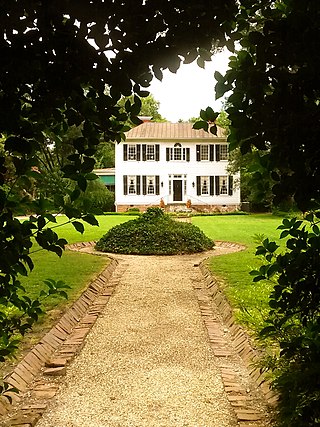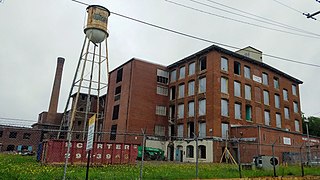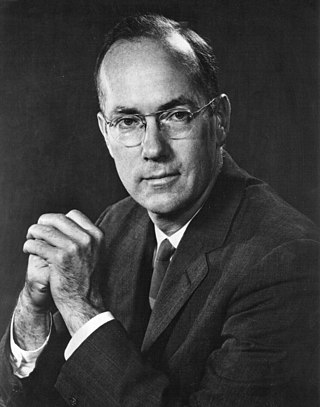16 Sights in Greenville, United States (with Map and Images)
Legend
Welcome to your journey through the most beautiful sights in Greenville, United States! Whether you want to discover the city's historical treasures or experience its modern highlights, you'll find everything your heart desires here. Be inspired by our selection and plan your unforgettable adventure in Greenville. Dive into the diversity of this fascinating city and discover everything it has to offer.
Sightseeing Tours in Greenville1. Bob Jones University Museum & Gallery

Bob Jones University (BJU) is a private university in Greenville, South Carolina, United States. It is known for its conservative and evangelical cultural and religious positions. The university, with approximately 3,000 students, is accredited by the Southern Association of Colleges and Schools Commission on Colleges (SACSCOC) and the Transnational Association of Christian Colleges and Schools. In 2017, the university estimated the number of its graduates at 40,184.
2. Lanneau-Norwood House
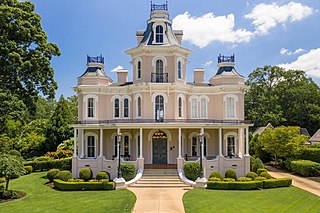
The Lanneau-Norwood House is a historic, late 19th-century house on Belmont Avenue in Greenville, South Carolina. The house is an outstanding example of Second Empire architecture in the American South and is one of the last surviving Victorian-era homes in Greenville. The property was added to the National Register of Historic Places in 1982.
3. The Greenville County Museum of Art
The Greenville County Museum of Art (GCMA) is an art museum located in Greenville, South Carolina. Its collections focus mainly on American art, and its holdings include works by Andrew Wyeth,Jasper Johns, William Henry Johnson, Andy Warhol, Romare Bearden, Jacob Lawrence, Alma Thomas, Helen Turner, Charles Wilson Peale, Eric Fischl, Marylyn Dintenfass, and Leonardo Drew. Southern American and South Carolina-based artists, such as Elizabeth O'Neill Verner, are also represented.
4. McBee United Methodist Church
McBee Methodist Church, also known as McBee Chapel, is an octagonal, brick, United Methodist church building on Main Street in Conestee, Greenville County, South Carolina. Built in 1856, it was designed by millwright John Adams and named for Vardry McBee (1775–1864), the "Father of Greenville," whose son donated the money to build it. The church was built with a balcony used by slaves. When the balcony was removed sometime following the Civil War, its separate door, to the left of the main entrance, was converted into another window.
5. Garst Museum
The Garst House, also known as the Garst Museum, is an historic building located at 205 North Broadway in Greenville, Ohio, United States. On November 16, 1977, it was added to the National Register of Historic Places. Today it is a local history museum operated by the Darke County Historical Society.
6. Broad Margin
Broad Margin is the name given to the private residence originally commissioned by Gabrielle and Charlcey Austin. It is located in Greenville, South Carolina, United States, was designed by Frank Lloyd Wright and was built by local builder Harold T. Newton in 1954. It is one of two buildings designed by Wright in South Carolina.
7. Christ Church
Christ Church (Episcopal) is an Episcopal church in Greenville, South Carolina, United States. which was consecrated in 1854. The church and its courtyard are listed on the National Register of Historic Places as Christ Church (Episcopal) and Churchyard. It is the oldest organized religious body and the oldest church building remaining in Greenville.
Wikipedia: Christ Church (Greenville, South Carolina) (EN), Website
8. Shoeless Joe Jackson Museum and Baseball Library
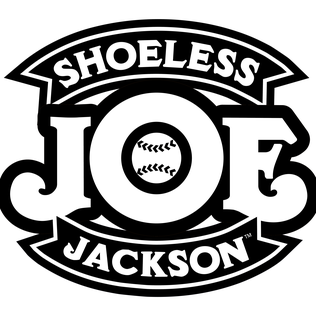
The "Shoeless" Joe Jackson Museum and Library was first opened to the public on June 21, 2008. Located across from Fluor Field in Greenville, South Carolina, the five-room brick house in which Shoeless Joe Jackson lived and died in contains a few of his personal belongings and over 2,000 books related to baseball.
9. Springwood Cemetery
Springwood Cemetery is an American historic cemetery in Greenville, South Carolina, listed on the National Register of Historic Places. It is the oldest municipal cemetery in the state and has approximately 7,700 marked, and 2,600 unmarked, graves.
10. Pettigru Street Historic District
Pettigru Street Historic District is a historic tree-lined neighborhood east of Main Street in downtown Greenville, South Carolina. It is home to 88 structures built between 1890 and 1930 with the majority built between 1910 and 1930. It is known for its wide variety of architectural styles including Queen Anne, Colonial Revival, and Bungalow. The area is an example of evolution of architectural style from the Victorian era to the early 1930s similar to the growth in the city of Greenville as a whole during that time.
Wikipedia: Pettigru Street Historic District (EN), Heritage Website
11. Wilkins House
The Wilkins House is a historic house in Greenville, South Carolina, built in 1878 by Jacob W. Cagle (1832–1910) for merchant and capitalist William T. Wilkins (1825–1895). It was listed on the National Register of Historic Places on July 19, 2016.
Wikipedia: Wilkins House (Greenville, South Carolina) (EN), Website
12. South Broadway
The Broadway Bridge is a historic arch bridge that spans Greenville Creek on the edge of downtown Greenville, a city in the far western part of the U.S. state of Ohio. Constructed in the early twentieth century, it carries one of the city's most important streets and connects the city's northern and southern sections. One of several large concrete bridges designed by a Cleveland engineer, it has been named a historic site.
13. Richland Cemetery
Richland Cemetery is a historic African-American cemetery located at Greenville, South Carolina. It was established in 1884 by the City of Greenville as the first municipal "colored" cemetery. It is the final resting place for many of Greenville's most notable African-American educators, health practitioners, and community leaders. The total number of graves is estimated at over 1,400 and gravemarker types and materials range from natural stones to elaborate Victorian monuments.
14. Earle Town House
Earle Town House is a historic house in Greenville, South Carolina. It was listed in the National Register of Historic Places on August 5, 1969, and is included in the Col. Elias Earle Historic District.
15. American Spinning Company Mill No. 2
The American Spinning Company Mill No. 2 is a historic mill complex at 300 Hammett Street, in a pocket of unincorporated Greenville County, South Carolina surrounded on three sides by the city of Greenville. It is a five-story brick building, to which a number of warehouse buildings and other additions were made. It was built in 1901-02, as part of a major expansion to the American Spinning Company's Mill No. 1, which originally stood just south of Hammett Street. It was built by Oscar Sampson, a Boston textile manufacturer to a design by the industrial design firm Lockwood and Greene, and is one of thirteen early 20th-century mills surviving in the Greenville area. It was listed on the National Register of Historic Places in 2016. Its major tenant now is the Victor Mill Company, a furniture maker.
16. Charles Townes Statue
Charles Hard Townes was an American physicist. Townes worked on the theory and application of the maser, for which he obtained the fundamental patent, and other work in quantum electronics associated with both maser and laser devices. He shared the 1964 Nobel Prize in Physics with Nikolay Basov and Alexander Prokhorov. Townes was an adviser to the United States Government, meeting every US president from Harry S. Truman (1945) to Bill Clinton (1999).
Share
How likely are you to recommend us?
Disclaimer Please be aware of your surroundings and do not enter private property. We are not liable for any damages that occur during the tours.
